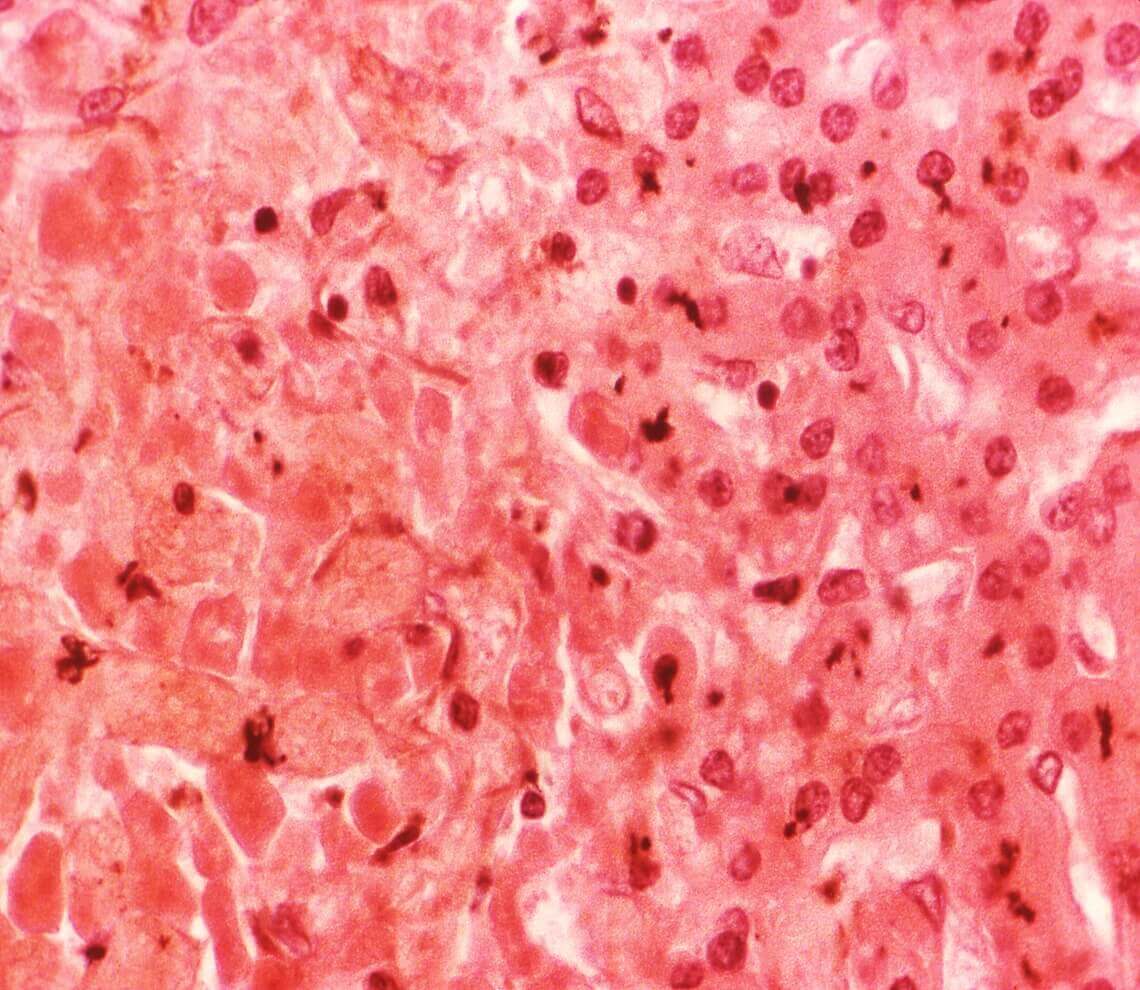- Our Suppliers
- MBS Monoclonals
- CD60b (FITC)
Product short description
Price:
691 EUR
Size:
120 Tests
Catalog no.:
GEN600804
Product detailed description
Gene name
N/A
Gene name synonims
N/A
Concentration
N/A
Other gene names
N/A
Immunoglobulin isotype
IgM
Other names
N/A
Also known as
CD60b
Clone
7H226
Purification method
Purified
Category
Antibodies
Clonality
Monoclonal
Conjugation
Anti-FITC Antibody
Subcategory
Mnoclonal antibodies
Source organism
Human (Homo sapiens)
Host organism
Mouse (Mus musculus)
Tested applications:
Western Blot (WB), Immunohistochemistry (IHC), Flow Cytometry (FC/FACS)
Form/Appearance
Supplied as a liquid in PBS, pH 7.5, 0.2% BSA, 0.04% sodium azide, 5% glycerol. Labeled with fluorescein isothiocyanate (FITC).
Species reactivity
Human (Homo sapiens); Due to limited knowledge and inability for testing each and every species, the reactivity of the antibody may extend to other species which are not listed hereby.
Specificity and cross-reactivity
Recognizes human CD60b. Recognizes a 9-0-acetylated disialosyl group linked to the glycoprotein CD60. Will activiate T cells.; Since it is not possible to test each and every species our knowledge on the corss reactivity of the antibodies is limited. This particular antibody might cross react with speacies outside of the listed ones.
Storage and shipping
Store the antibody at +4 degrees Celsius for short term storage.. Aliquot to avoid repeated freezing and thawing. For optimal long term storage, the antibody should be kept at -20 degrees Celsius. Aliquots are stable for at least 12 months. For maximum recovery of product, centrifuge the original vial after thawing and prior to removing the cap. FITC conjugates are sensitive to light.
Properties
This MBS Monoclonals Fluorescein isothiocyanate (FITC) antibody is currently after some BD antibodies the most commonly used fluorescent dye for FACS. When excited at 488 nanometers, FITC has a green emission that's usually collected at 530 nanometers, the FL1 detector of a FACSCalibur or FACScan. FITC has a high quantum yield (efficiency of energy transfer from absorption to emission fluorescence) and approximately half of the absorbed photons are emitted as fluorescent light. For fluorescent microscopy applications, the 1 FITC is seldom used as it photo bleaches rather quickly though in flow cytometry applications, its photo bleaching effects are not observed due to a very brief interaction at the laser intercept. MBS Monoclonals FITC is highly sensitive to pH extremes.
© Copyright 2016-Tech News . Design by: uiCookies

